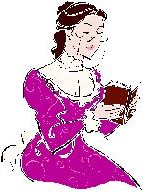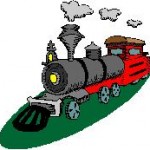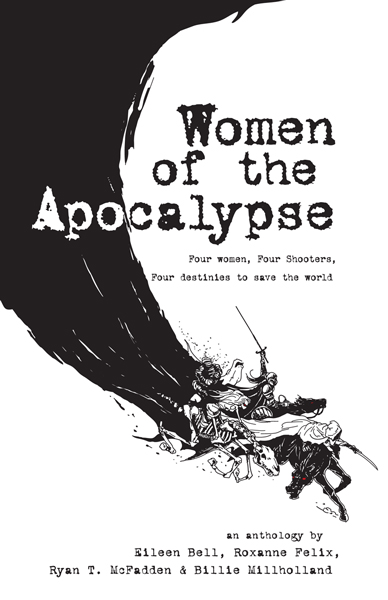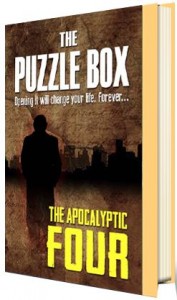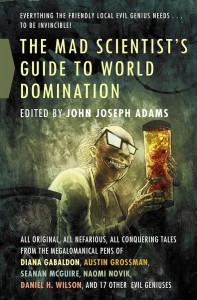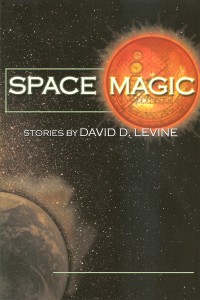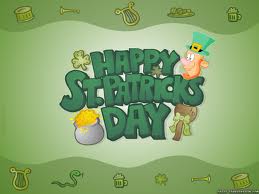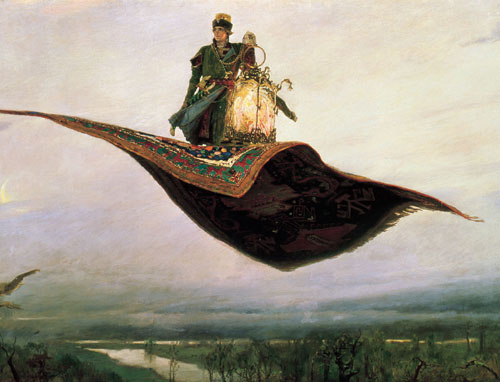 When people used to say Fantasy Fiction, the automatic response was, Tolkien, C.S. Lewis, David Eddings or someone along those lines. In the last few years this has changed. Though the greats of the past are still acknowledged, many people would say, Stephenie Meyer, Kim Harrison, or J.K. Rowling. The shift toward urban fantasy, as well as their blockbuster movie counterparts, is changing the sff (science-fiction/fantasy) arena.
When people used to say Fantasy Fiction, the automatic response was, Tolkien, C.S. Lewis, David Eddings or someone along those lines. In the last few years this has changed. Though the greats of the past are still acknowledged, many people would say, Stephenie Meyer, Kim Harrison, or J.K. Rowling. The shift toward urban fantasy, as well as their blockbuster movie counterparts, is changing the sff (science-fiction/fantasy) arena.
First off, what is urban fantasy? The loose definition is any fantasy that takes place in an urban setting. Personally, I have trouble counting anything that isn’t somewhat contemporary, and earth-based. So my definition would be: a fantasy story with a strong magical or supernatural element that takes place in a current, realistic, setting.
Is urban fantasy new? Not entirely. I remember reading, “The Monk” in a college literature class, and to my way of thinking, it was eighteenth century urban fantasy. Set in the time period, it’s about a monk’s struggle between his fanatic adherence to religion and his lust for a young girl. There is sorcery, demons, and if I remember correctly (it’s been a few years), Lucifer himself has a nice little tete a tete with our villain, making it the ultimate paranormal urban fantasy of its time. I gave it five stars on Goodreads. But, of course, those types of books were rare until the 20th century and it wasn’t until around the 1980’s that urban fantasy became a recognized subgenre. Even then, I doubt it was recognized by the majority of young people. When I declared fantasy my favorite genre in the mid-80’s I was still getting looks of shock and surprise by my classmates who didn’t know the difference between their concept of fantasy–erotica–and the literature definition–magic and other-wordly adventures.
Why the sudden craze? In my opinion, Harry Potter and Hollywood. Sure, there were plenty of sci-fi movies that had done well, even phenomenal: Star Wars, Star Trek, Back to the Future. But how many fantasy movies had caught the public eye before HP: The Sorceror’s Stone arrived on the scene? Wizard of Oz and Mary Poppins became classics, but they were the exceptions among a long line of flops. I don’t think even these movies, as great as they were, had people lined around the theaters, dressed up like characters from the movie, or purchasing merchandise as if planning to redecorate an entire house with it. Harry Potter came along and people made money, lots of it. And thus, in my opinion, started the bandwagon. And it’s a bandwagon I don’t mind. I love urban fantasy. One of my first adventures with it was Terry Brooks, Word and the Void series. And I love the number of YA series that are coming out, as well as their cheesy, amazing, blockbuster hits. I can’t wait to see Cassandra Clare’s, Mortal Instruments, put to film. As long as urban fantasy books continue to captivate readers and the movies continue to bring in hordes of dedicated fans, then we’ll continue to see the rise in their publication and acquired movie rights.
What’s next? Of course, nobody knows for sure, but I know what I’d like to see: more steampunk-type books on the screen and variations of it in literature, as well as alternate histories/futures with impossible but amazing scientific elements. Also, I’d like to see Sci-fi re-emerge on the middle grade and young adult level. I’d like to see romance-heavy sci-fi books like, Across the Universe (the sci-fi one by Beth Revis), made into movies. I’d like to see middle-grade and YA readers entranced with space again without feeling like they have to have pH.D’s in science in order to enjoy the journey; something like Gini Koch’s Alien series, but for a YA audience. Brandon Sanderson’s middle-grade Alcatraz series would fit into what I have in mind.
I hope that as you continue to look for the next urban fantasy book to fall in love with, that you’ll also open your mind to some of the other amazing bends that are building on the sff front. Please share a comment and let us know what books you’ve liked best in urban fantasy and let us know your predictions for the future.

